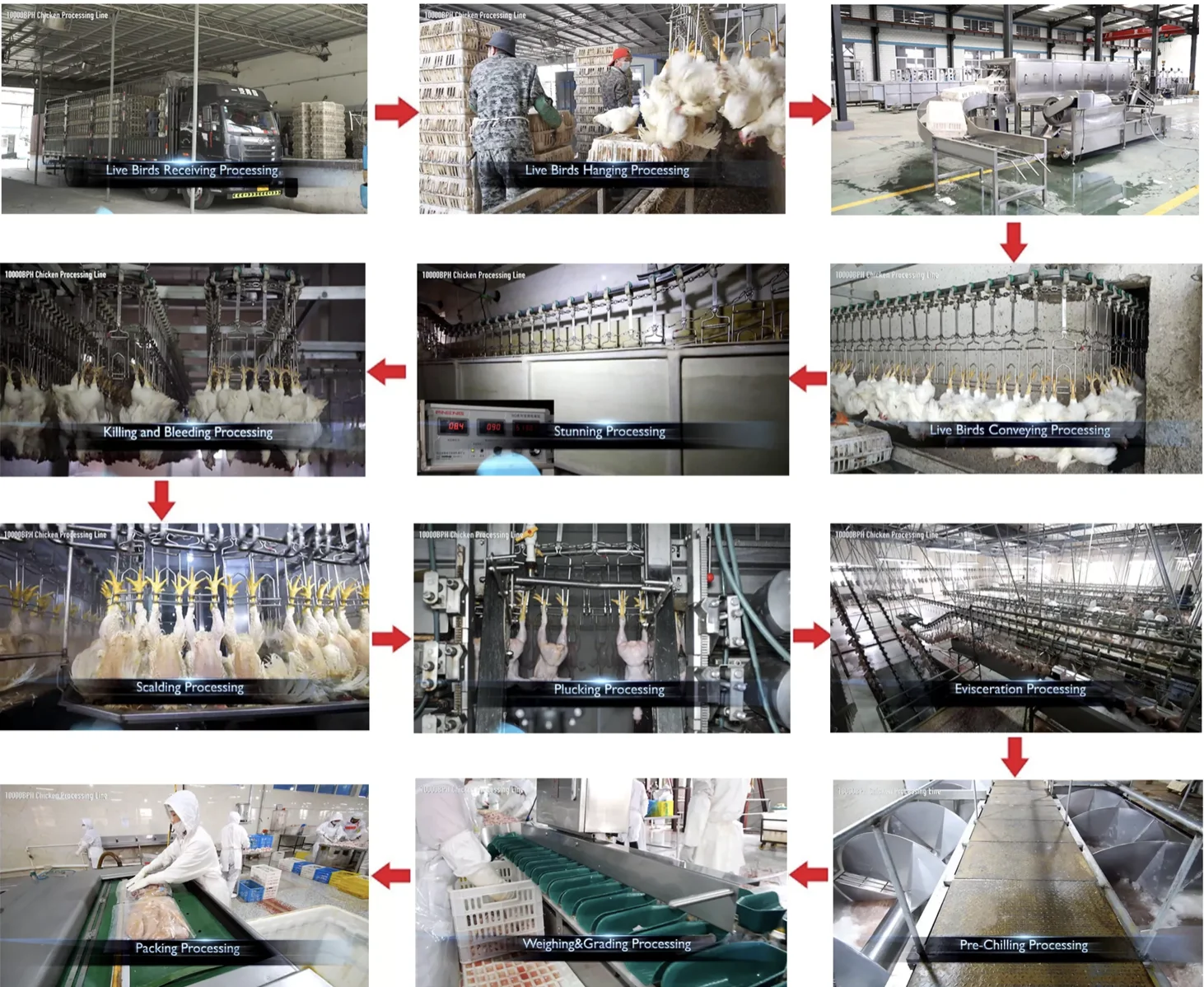animal feed pellet making machine
ធ្នូ . 18, 2024 02:40 Back to list
animal feed pellet making machine
The Significance of Animal Feed Pellet Making Machines
In the modern agricultural landscape, the production of animal feed has undergone a remarkable transformation, particularly with the introduction of animal feed pellet making machines. These machines have become indispensable for farmers and feed manufacturers, ensuring that livestock receive a balanced and nutritious diet efficiently and economically.
Understanding Animal Feed Pellets
Animal feed pellets are compressed compound feeds that are formed into small, round, or oval shapes. The process of pelletizing improves the palatability and digestibility of the feed, making it more appealing to livestock. By converting bulk raw materials into pellets, feed manufacturers can optimize nutritional value, reduce waste, and promote better animal health. This pelletized form is particularly important for various types of livestock, including cattle, chickens, pigs, and aquaculture species.
The Working Principle of Pellet Making Machines
Animal feed pellet making machines operate on a straightforward principle. The raw materials, which may include grains, forage, vitamins, and minerals, are first mixed to create a homogenous feed mixture. This mixture is then subjected to heat and pressure, which causes the fibers and nutrients to bind together. The resulting agglomerated feed is formed into pellets, which are subsequently cooled and dried to ensure stability during storage.
There are two primary types of pellet mills flat die and ring die. Flat die mills are typically more suitable for small-scale operations, as they are cost-effective and easy to operate. Conversely, ring die mills are designed for larger-scale production, offering higher efficiency and output. Both types have their own advantages, making it essential for producers to choose the right machine based on their specific needs.
Benefits of Using Pellet Making Machines
animal feed pellet making machine

One of the primary advantages of using animal feed pellet making machines is the improved feed efficiency they provide. The pelletization process ensures that the nutrients in the feed are more accessible to animals, enhancing their growth rates and overall health. Livestock that consume pellets may also exhibit better feed conversion ratios, ultimately leading to reduced feed costs per unit of meat or milk produced.
Moreover, pelleting reduces the presence of dust and fines in feed, which can cause respiratory issues in animals and waste valuable nutritional components. The uniform size and density of pellets also facilitate easier feeding, minimize waste during handling, and can significantly enhance transportation efficiency. With the option of including various additives and supplements during the pelleting process, producers can customize feed formulations tailored to the specific dietary requirements of different species.
Environmental Considerations
The environmental impact of animal feed production is an increasingly important aspect in agriculture. Feed pellet making machines contribute to sustainability in several ways, including the efficient use of raw materials and reduced waste. By compacting feed into pellets, producers can ensure that every bit of nutrient is utilized effectively, thereby decreasing unnecessary loss and supporting sustainable farming practices.
Additionally, the use of locally sourced ingredients for feed production can reduce the carbon footprint associated with transportation. Pelletization also helps in storing feed for extended periods without significant loss of quality, thus decreasing the frequency of repurchasing and reducing overall resource use.
Conclusion
In conclusion, animal feed pellet making machines play a pivotal role in modern livestock production. Their ability to transform raw ingredients into high-quality, nutritious feed pellets enhances the overall efficiency of animal husbandry operations. As the demand for sustainable and efficient agricultural practices continues to grow, these machines will undoubtedly remain at the forefront of feed manufacturing, delivering economic and health benefits to both producers and consumers alike. By investing in advanced pellet making technology, farmers can ensure a brighter future for their livestock, their businesses, and the environment.
-
High Performance Exhaust Fan – Efficient Ventilation Solutions for Home
NewsJun.10,2025
-
High-Quality Gestation Pen for Sows Durable Mobile Pig Pen & Simple Pig Pen Solutions
NewsJun.10,2025
-
High Quality Rabbit Cage Double Tier Designs & Welded Wire Mesh Supplier
NewsJun.10,2025
-
Floating Fish Feed Machine - High Efficiency Floating Fish Feed Extruder for Small Scale Production
NewsJun.10,2025
-
Premium Poultry Housing Solutions Mobile & Commercial Free Range Options
NewsJun.10,2025
-
Industrial FRP Fans Corrosion-Resistant Blades & Centrifugal Systems
NewsJun.09,2025






